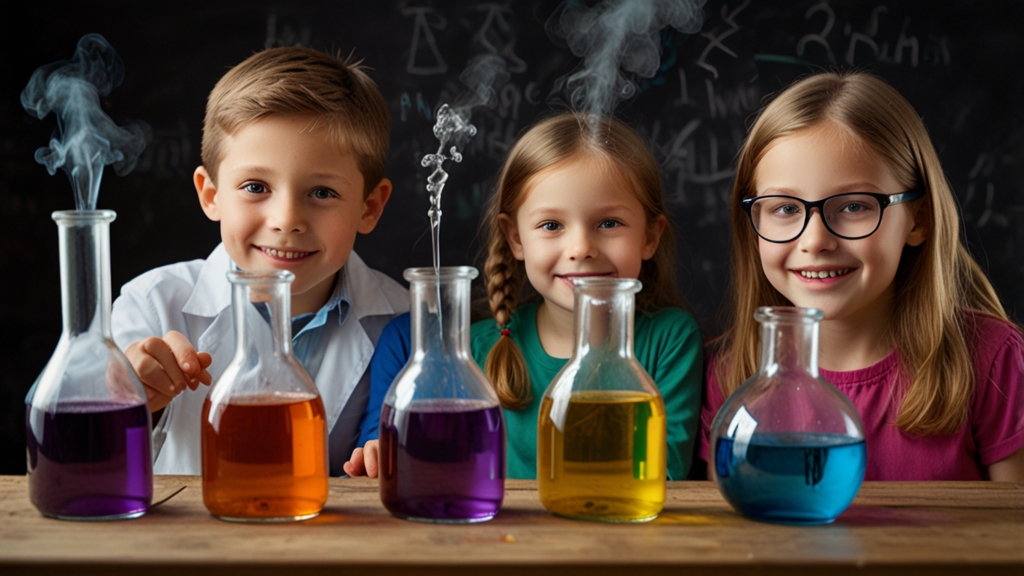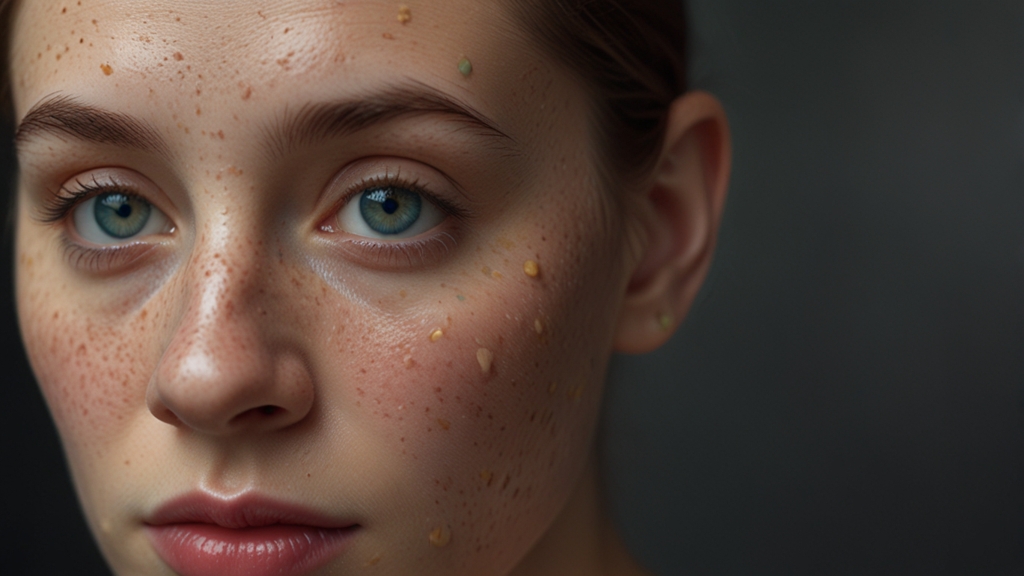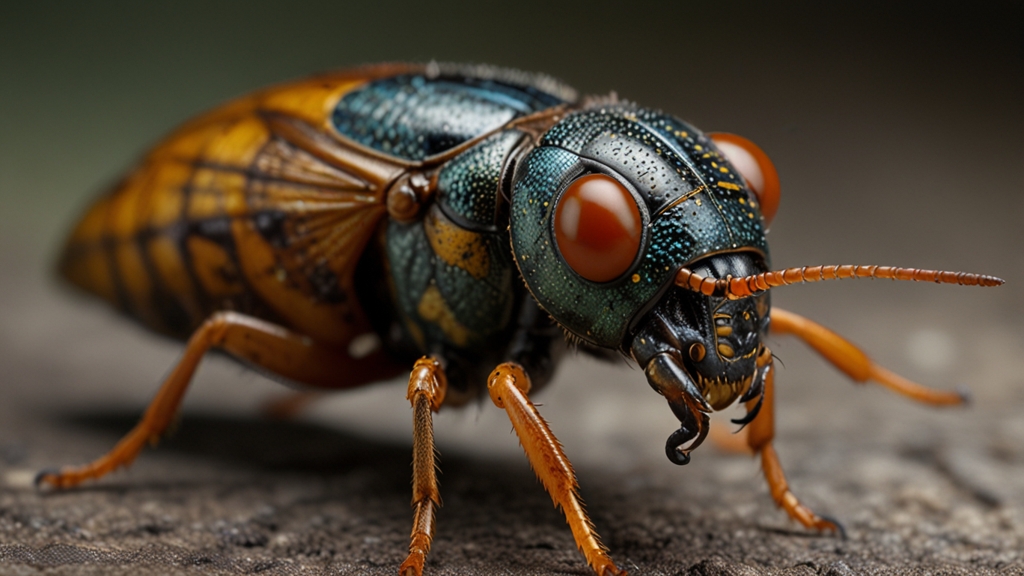Chemistry for Kids: Fun Experiments You Can Do Together
Chemistry is a fascinating branch of science that explores the properties and interactions of substances. For kids, engaging in hands-on experiments is a fantastic way to make chemistry fun and accessible. Here are some simple and enjoyable experiments that you can do together at home, using common household items. These activities are not only educational but also promise a lot of fun!
1. Baking Soda and Vinegar Volcano
This classic experiment is a great introduction to chemical reactions for kids. The reaction between baking soda (a base) and vinegar (an acid) creates carbon dioxide gas, resulting in an impressive fizzing eruption.
Materials:
- Baking soda
- Vinegar
- Dish soap
- Food coloring (optional)
- A small container or an empty soda bottle
- A tray to catch the overflow
Instructions:
- Place the container on the tray.
- Fill the container halfway with vinegar.
- Add a few drops of dish soap and food coloring if desired.
- Add a heaping tablespoon of baking soda to the container. Watch the bubbly reaction!
2. Magic Milk
Magic milk is a beautiful demonstration of the interaction between soap and fat molecules. This experiment is not only visually stunning but also introduces concepts like surface tension and molecular interactions.
Materials:
- Whole milk
- Dish soap
- Food coloring
- A shallow dish or plate
- Cotton swabs
Instructions:
- Pour enough milk into the dish to cover the bottom.
- Add several drops of different food coloring to the milk.
- Dip a cotton swab in dish soap and then touch it to the surface of the milk. Watch as the colors swirl and dance!
3. Homemade Slime
Making slime is a sensory-rich activity that introduces kids to polymers. The slime's unique texture comes from the chemical bonding of glue and borax.
Materials:
- White glue
- Borax (found in the laundry aisle)
- Water
- Food coloring (optional)
- A mixing bowl and spoon
Instructions:
- In a bowl, mix 1 cup of water with 1 teaspoon of borax until dissolved.
- In another bowl, mix ½ cup of glue with ½ cup of water. Add food coloring if desired.
- Slowly pour the glue mixture into the borax solution while stirring. The slime will start to form immediately.
- Knead the slime with your hands until it reaches the desired consistency.
4. Rainbow in a Glass
This experiment introduces kids to density and stratification. By layering liquids of different densities, you can create a beautiful rainbow effect in a glass.
Materials:
- Honey
- Corn syrup
- Dish soap
- Water
- Vegetable oil
- Rubbing alcohol
- Food coloring (optional)
- A tall, clear glass
Instructions:
- If desired, dye each liquid with a different color of food coloring.
- Carefully pour each liquid into the glass in the following order: honey, corn syrup, dish soap, water, vegetable oil, and rubbing alcohol. Pour slowly to avoid mixing the layers.
- Observe the distinct layers created by the different densities of the liquids.
5. Invisible Ink
Write secret messages with invisible ink, and teach kids about acid-base reactions and pH indicators. Lemon juice is an excellent choice for this activity.
Materials:
- Lemon juice
- Water
- A cotton swab or a small paintbrush
- White paper
- A lamp or iron
Instructions:
- Mix equal parts lemon juice and water.
- Use the cotton swab or paintbrush to write a message on the paper with the lemon juice solution.
- Let the paper dry completely.
- To reveal the message, gently heat the paper using a lamp or iron (under adult supervision). The heat will cause the lemon juice to oxidize, turning brown and making the message visible.
Conclusion
These simple yet fascinating experiments offer a wonderful way to introduce kids to the world of chemistry. They provide valuable learning experiences through hands-on activities, encouraging curiosity and a love of science. Most importantly, they are a great way to spend quality time together while exploring the wonders of chemistry. Happy experimenting!







